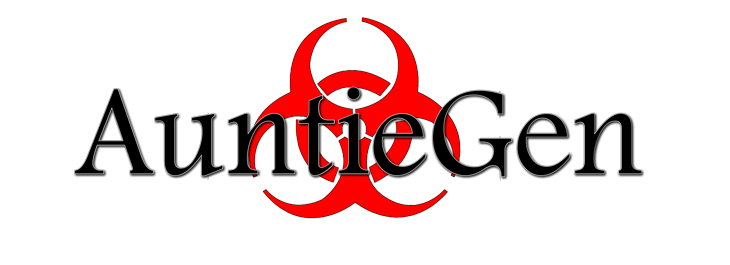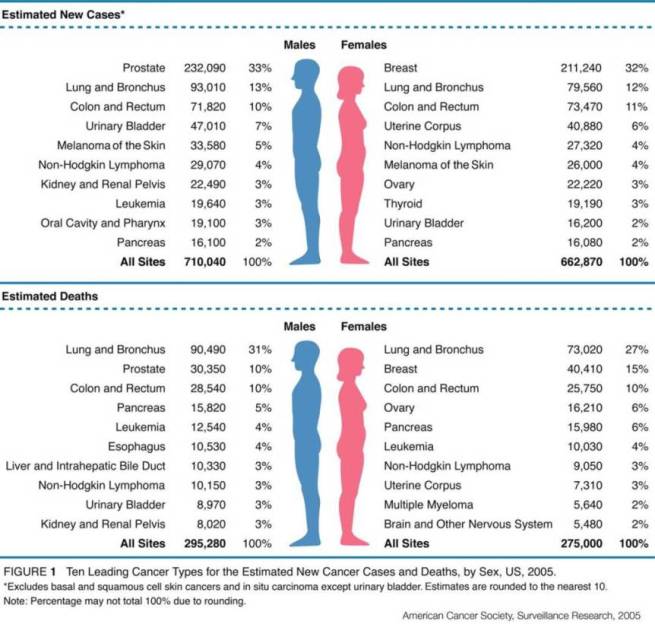Radon Testing & Mitigation Systems
Radon Testing and Mitigation Systems: Radon is a radioactive gas that is odorless, colorless, and tasteless. This naturally occurring gas is the second leading cause of lung cancer in the United States (behind smoking), and testing is the only way to know if you and your family are at risk. The EPA and the Surgeon General recommend radon testing for all homes below the third floor. The latest studies show that 1 in 5 homes in the U.S. have elevated radon levels. What’s worse, there are no symptoms of radon exposure for up to a year. The only way to be safe is to have your home tested for radon.
AuntieGen will test for radon in your home, and then mitigate radon that is found. We are certified by the National Radon Proficiency Program and are experts in finding and eliminating this deadly gas.
AuntieGen is the number one choice for Radon Testing and Radon Mitigation in Nashville, Brentwood, Franklin and all of Middle Tennessee. Contact us today to get started.
Protection From What You Can’t See
Is radon a problem in Tennessee?
Yes. The Tennessee Department of Environment and Conservation (TDEC) considers radon to be a very serious problem in our state. No matter where you live in Tennessee, there is the potential for radon to enter your home. Regardless of your zone designation or geographic location, all homes should be tested for radon. There is no zone that has no risk factor for radon.
See more at: https://www.tn.gov/health/article/radon#sthash.iblEMnAR.dpuf
A scientific description
PROPERTIES: Radon is a gaseous highly radioactive element discovered by English physicist Ernest Rutherford in 1899. The discovery is also credited to German physicist Friedrich Ernst Dorn in 1900. More specifically, Rutherford discovered radon’s alpha radiation and Dorn discovered that radium was releasing a gas.
Radon is a colorless chemically-unreactive inert gas. The atomic radius is 1.34 angstroms and it is the heaviest known gas–radon is nine times denser than air. Because it is a single atom gas (unlike oxygen, O2, which is comprised of two atoms) it easily penetrates many common materials like paper, leather, low-density plastic (like plastic bags, etc.) most paints, and building materials like gypsum board (sheetrock), concrete block, mortar, sheathing paper (tar paper), wood paneling, and most insulations.
Radon is also fairly soluble in water and organic solvents. Although reaction with other compounds is comparatively rare, it is not completely inert and forms stable molecules with highly electronegative materials. Radon is considered a noble gas that occurs in several isotopic forms. Only two are found in significant concentrations in the human environment: radon-222, and radon-220. Radon-222 is a member of the radioactive decay chain of uranium-238. Radon-220 is formed in the decay chain of thorium-232. Radon-222 decays in a sequence of radionuclides called radon decay products, radon daughters, or radon progeny. It is radon-222 that most readily occurs in the environment. Atmospheric releases of radon-222 results in the formation of decay products that are radioisotopes of heavy metals (polonium, lead, bismuth) and rapidly attach to other airborne materials such as dust and other materials facilitating inhalation.
Should you test for radon?
Testing is the only way to know your home’s radon levels. There are no immediate symptoms that will alert you to the presence of radon. It typically takes years of exposure before any problems surface. The US EPA, Surgeon General, American Lung Association, American Medical Association, and National Safety Council recommend testing your home for radon because testing is the only way to know your home’s radon levels.

